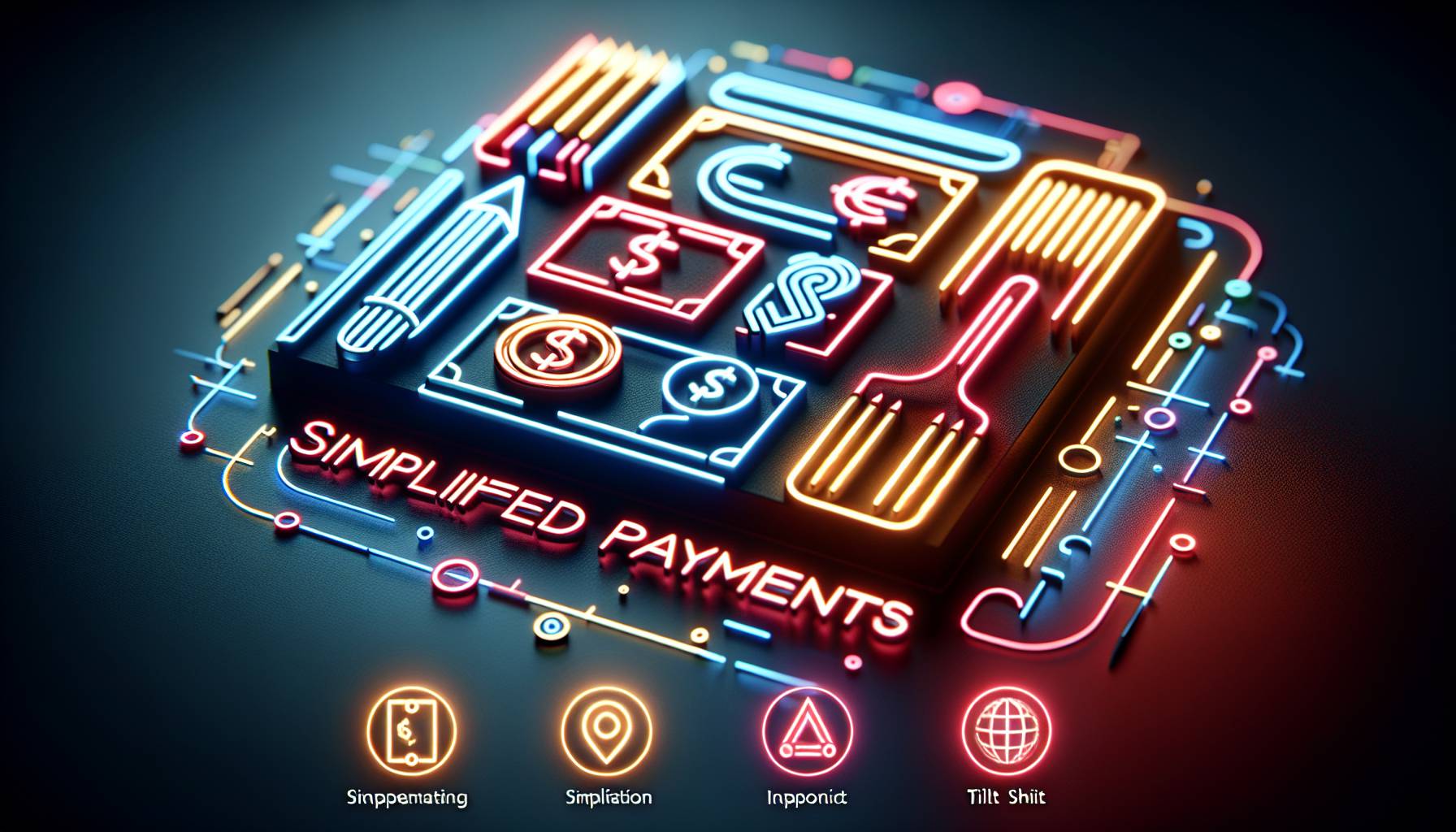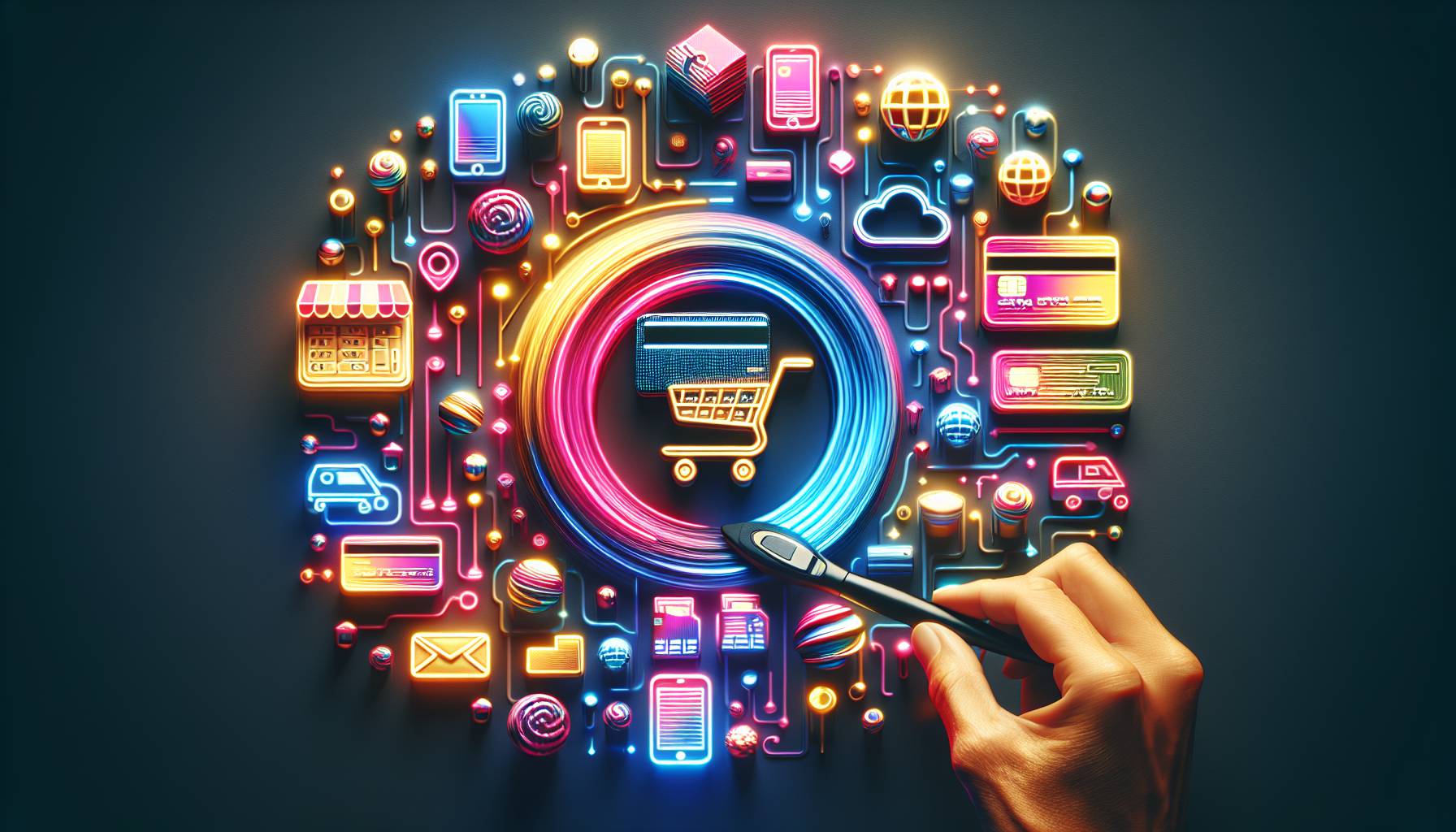Streamlining the Payment Process

You’re at the till, clutching your gym gear, maybe a bottle of overpriced water. It seems like all you want is to pay and get on with your day. But the machine blinks ‘Insert Card’. You pull out the right plastic, try to recall a PIN you don’t remember because you’ve used contactless for months.
Staff side-eye. You fumble, swipe, poke at the screen.
It doesn’t go through. You try again. This time it works - but not before you’ve nearly thrown your bottle across the counter in despair.
That’s the thing about payment processes - they’re designed to be simple and fast, until they’re not. And when that friction hits, oh does it hit hard. From your customer’s standpoint, there should be nothing more straightforward than tapping their card and walking away with their new purchase in hand. It seems like if things aren’t working as seamlessly as possible - if your system is outdated, or can’t take multiple types of payment at once - then customers tend to remember that negative experience far longer than they’ll remember how polite your staff was or how much they love that new dress.
I think it may have been my trip to Singapore where I realised just how behind we are here in Australia. Sure we have Apple Pay and Google Pay along with all our nifty bank cards, but there were certain restaurants I couldn’t even eat at because cashless payments weren’t an option for international cards - just local ones. The cashier had no idea what to do about this.
There wasn’t much I could do either except leave hungry and frustrated (and don’t even get me started on parking machines). We can say what we like about being traditionalists and wanting people to carry cash for safety reasons but this kind of limited payment processing does nothing for customer experience. Businesses need to ensure they use a POS solution that lets them offer several different ways for customers to pay (preferably wirelessly) so payments are processed quickly and without any sort of hassle or delay. Contactless seems like common sense now but wearable technology (like smartwatches) is becoming increasingly popular with Gen Z customers who are always looking for more convenient ways to shop (and have greater confidence in wearable gadgets).
Let’s not even mention BNPL services which often divide crowds into lovers and haters but are here anyway as legitimate forms of payment you can offer your customers who may find these systems helpful because it gives them more control over spending - especially when times seem tough. At the end of the day, whether it’s accepting credit or debit cards, cash apps or even cryptocurrencies - make sure you’re covering all bases so you never lose out on a sale simply because someone didn’t have the right card on them at checkout.
Essential Features of Checkout Tools

Suggests That we’ve all been there. You find something you love, slip it in your digital cart, then pause at the clunky checkout page - if the payment process is odd or slow, you might give up right then and there. I hate to admit it, but I know I’m not alone on that.
A good checkout tool isn’t just about a smooth interface, although a pleasing design never hurts. It also needs to work seamlessly with your other payment systems - whether that’s Afterpay, PayPal or ApplePay. Integration with other third-party software is sort of a big one to look out for since the end-user doesn’t want to keep toggling between different platforms for something as simple as purchasing a product.
I suppose what I’m trying to say is that whatever tool you go with should be able to support what you’re already using. Security is another thing I hold fairly high up when looking at payment tools, and it seems like most customers do too. With data breaches and scams being fairly common, it’s not surprising that some people are hesitant to purchase things online these days. The checkout tool you use must provide robust security features, including fraud detection and PCI compliance so shoppers know their credit card details are secure.
There’s also transparency and clarity to consider - there’s always the odd occasion where a customer genuinely forgets an item is in their cart until it’s time to pay, which is where auto-calculation comes in handy as well as an easy way for them to edit their items directly from the checkout page.
Top 4 Tools for Simplified Payments

Brings To Mind you finally have a potential customer on your online store - the least you can do is ensure they have a smooth checkout process. Nothing worse than having a bunch of items in your cart and experiencing glitches right when you’re about to pay. Or, worse, encountering only one way to pay when it’s not your preferred mode. That’s enough to make anyone drop their shopping and leave.
The way I see it, a good checkout process starts with a simple interface, transparent pricing and trust that the payment method is secure. But what comes after this is where a business must really put thought into how to keep payments accessible for everyone. This means providing options so everyone gets a piece of the pie and helping them complete their purchase. It’s best if you choose simple yet highly secure methods for processing payments.
Credit card payments are usually at the top of the list - from POS at retail stores to online checkouts for ecommerce stores, credit cards are used everywhere. They’re easy to set up and provide access to a large customer base. And there are payment processors like Paypal that are easy, quick and offer zero liability against fraud. But if your customers are mostly from India, consider integrating UPI payment options as well as payment wallets like Google Pay, Apple Pay or Samsung Pay if you have customers globally.
And it does help to provide cash on delivery options if you cater to customers who aren’t entirely convinced by digital payments just yet.
Enhancing User Experience with Checkout Solutions

You ever stand in a queue, frustrated by the payment machine taking that extra two seconds before beeping. Or having to stare at the back of a metallic card that you can’t tell which side faces up. Today, shopping is all about convenience.
As retailers, we need to make sure our customers don’t have to feel the pain of a slow checkout. I was at Woolies the other day, and there was this new machine that can ‘see’ what I’m putting into my cart and tell me what it is. Like magic.
No barcodes or nothing. That’s going to be everywhere soon. Yes, it takes away a bit of the magic when the machine knows you’re trying to pass off those fancy organic tomatoes as regular ones, but it makes checkout so much easier.
That’s why these checkout solutions are potentially so good for your brand. The less time a customer spends at a counter, fumbling with their cards or counting coins (yes, they still exist), the better their experience will be and the more likely they are to return. After all, they’re here for whatever you’re selling, not a lesson in patience.
It seems like it really is a bit about making your customers’ lives easier by giving them more options. Whether that’s with BNPL solutions like AfterPay or getting cash back from Flipkart Pay Later, it’s all about bringing value to their lives and saving them some money at the same time. That’s how you get customers for life.
Integrating Payment Tools with Your E-commerce Platform

We've all been there. You're trying to buy something online and the payment process feels like jumping through hoops. It's almost as if the store doesn't want your money.
The way I see it, this frustration is why integrating various payment options is crucial for an e-commerce business. Customers expect their favourite way to pay, whether it's a credit card, Apple Pay, or even Afterpay. They don't want to be inconvenienced or download another app. More or less.
If you don't offer them their preferred option, they'll find someone who does. That's how easy it is to lose customers. But integrating different payments can sort of get tricky as more tools emerge - especially for small business owners who may not have in-house technical support.
There are allegedly many platforms out there like Shopify, WooCommerce and BigCommerce that take out the complexity of integrating these payment tools. Even so, you need to ensure these are allegedly set up properly and that your business accounts are verified with each tool. Sometimes, there are often delays or restrictions based on your country or product category - so it's always good to check this before you begin advertising that you accept a certain form of payment.
It seems like every other day there’s a new startup in finance and more players in this space but I think it's about finding the right balance between consumer demand and your technical capability.
Future Trends in Payment Processing Technology

Picture this - a customer stands at your checkout, phone in hand, tapping away to pay for their entire order in a blink. It all happens in seconds. There’s no question about where their change is or how much extra they’ll pay for added convenience.
As the world of payment processing advances, this will probably be a common scenario for every single customer in line. Looking back at the past five years alone, it’s wild to see how many payment methods have entered the market.
It’s gone from people carrying around cash or cards, to full-blown digital wallets and contactless payments like Apple Pay and Google Pay that make all our lives easier. More or less. For most retailers, these were easy enough to introduce and brought with them many perks.
But these technology trends are showing no signs of slowing down. There are new tools entering the market every day, as well as new regulations that make it safer for businesses and consumers alike to use payment processors. As we see more options becoming available, there’s also a growing need for omnichannel solutions - making it easy for customers to access online shopping sites as well as brick-and-mortar stores without having to worry about losing out on rewards or paying extra for subscriptions.
It’s difficult to say exactly what future payments might look like but there is a good chance that they will become even easier and faster than before. One thing I would caution against is not staying up-to-date with trends and regulations - customers are growing increasingly aware of issues with fraud and data protection so it is important that businesses take an active interest in this space. It’s always better to be safe than sorry so doing your due diligence on payment processors and merchants can save you plenty of headaches down the line.


